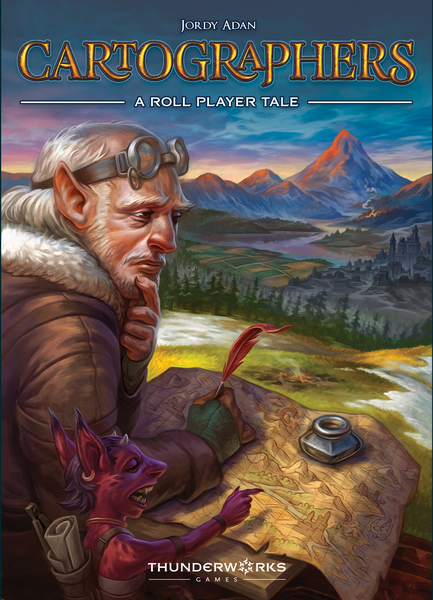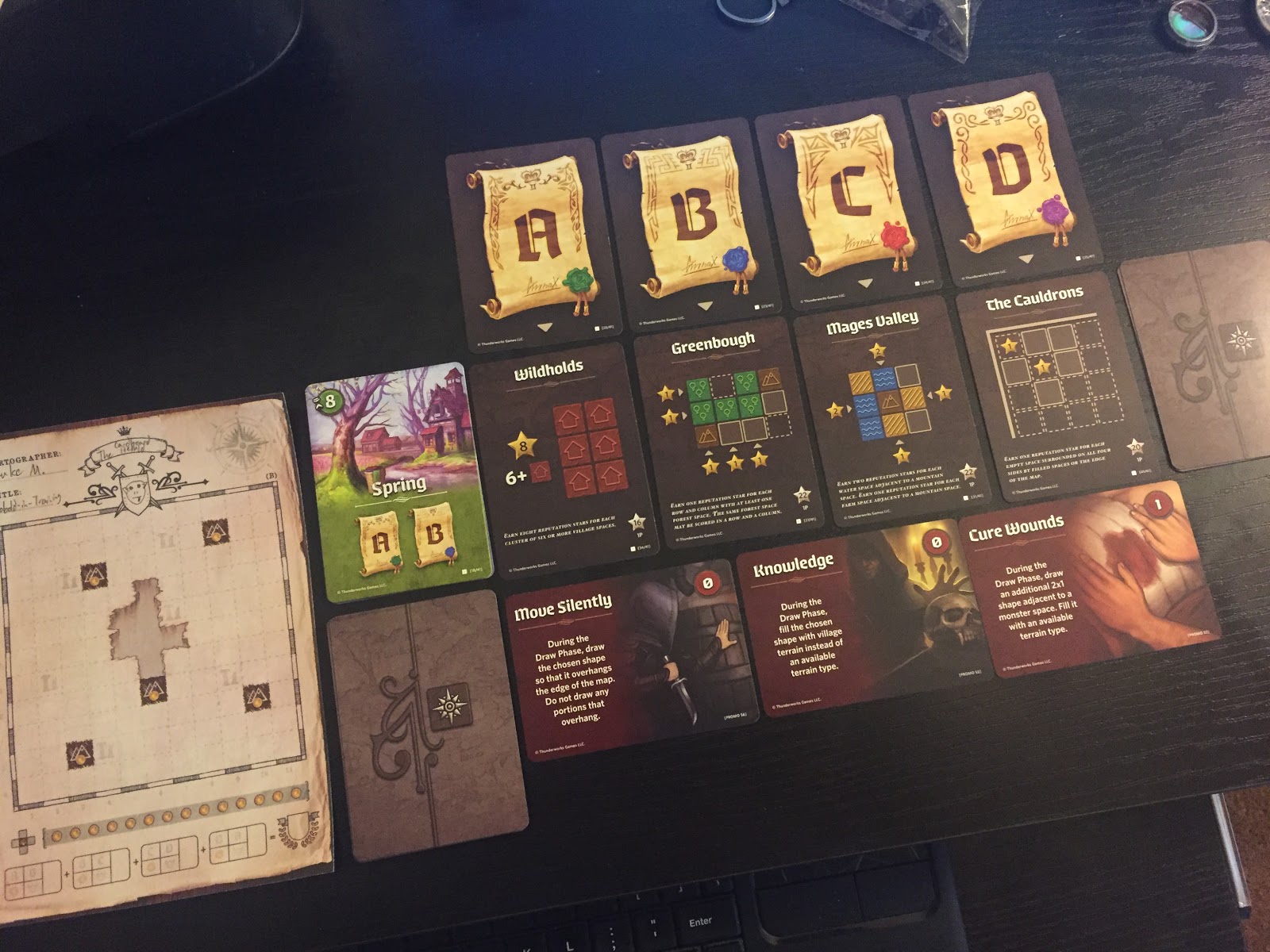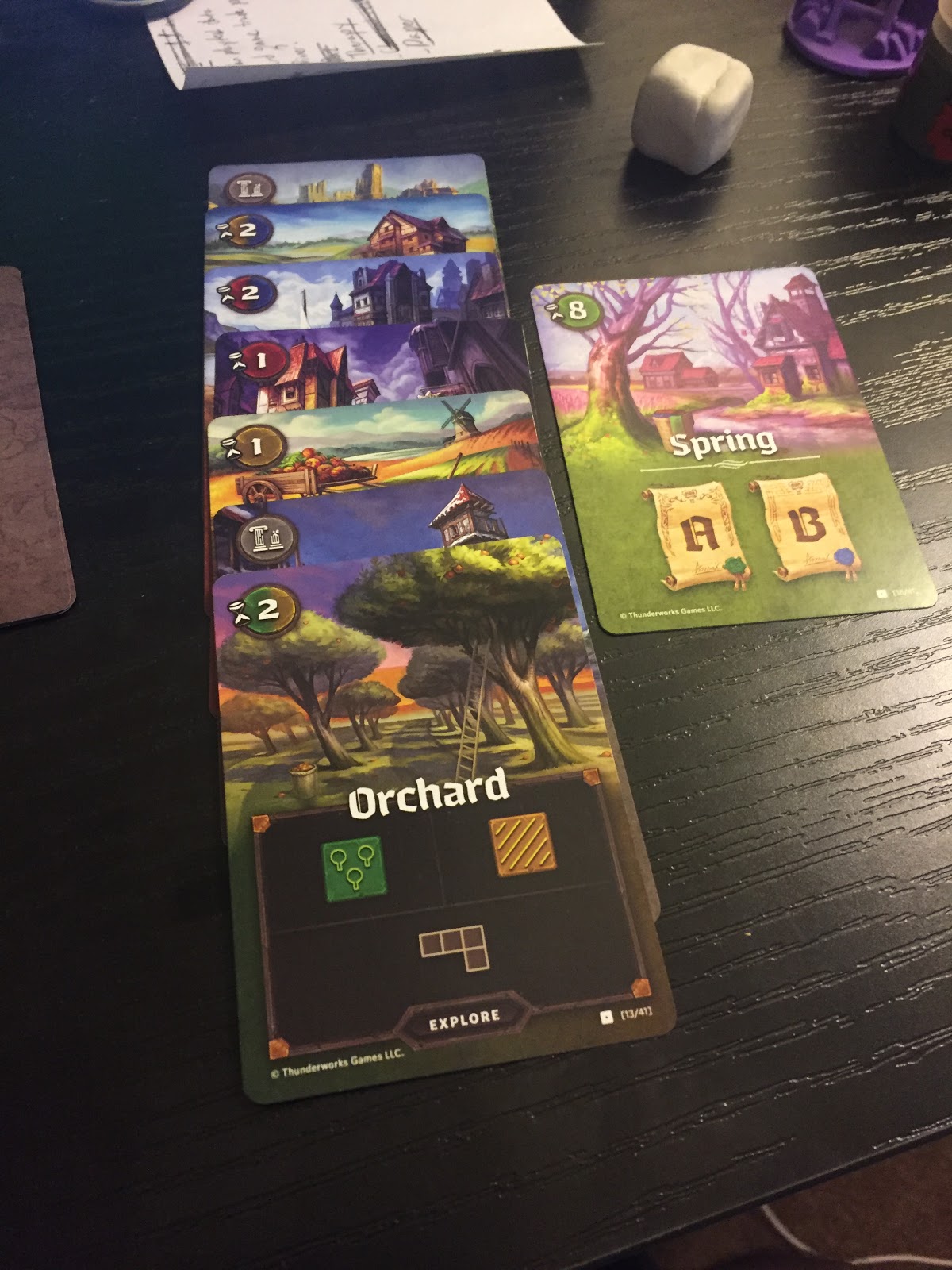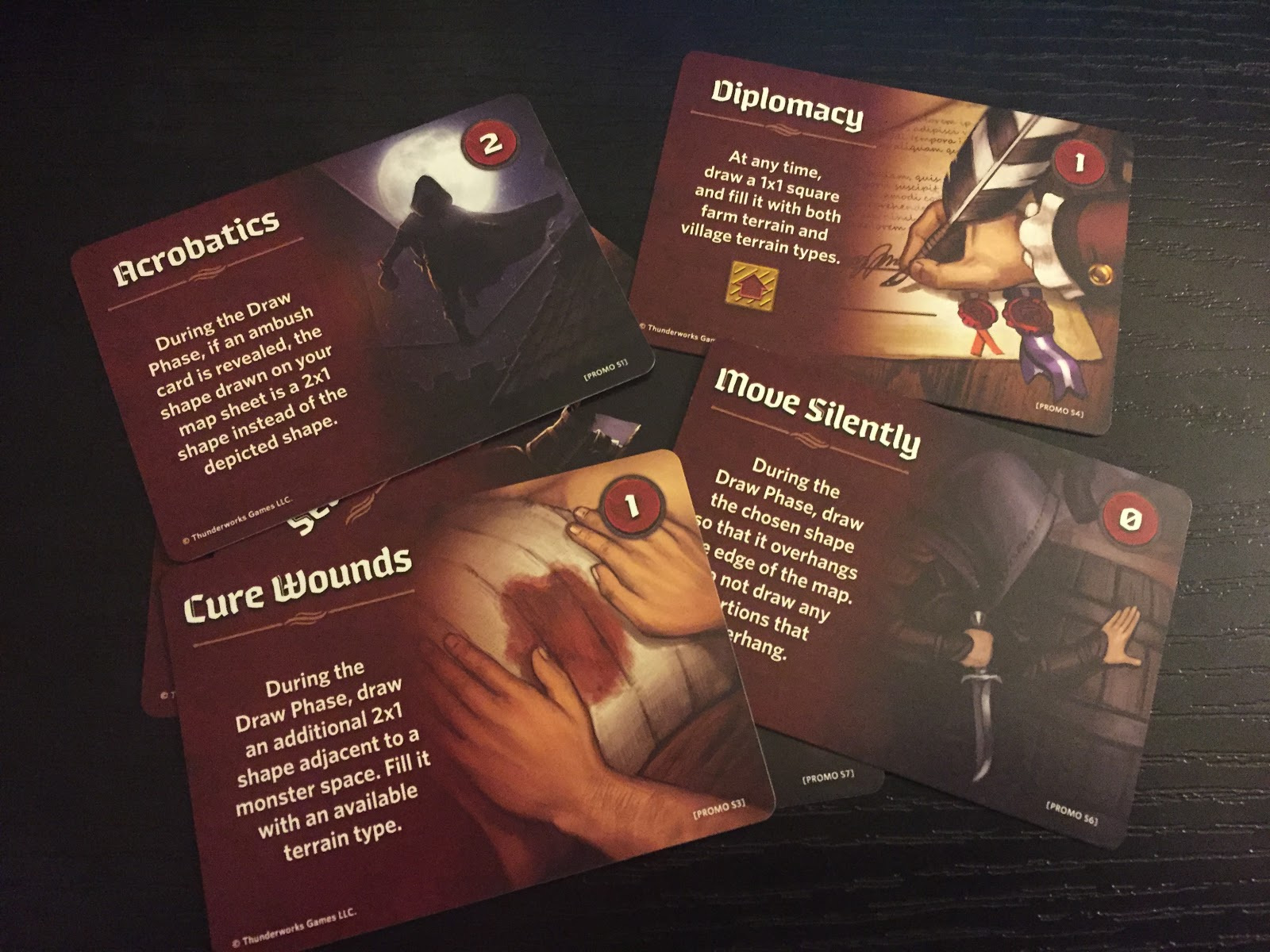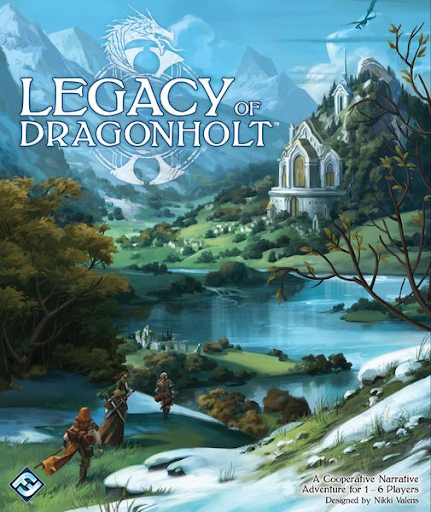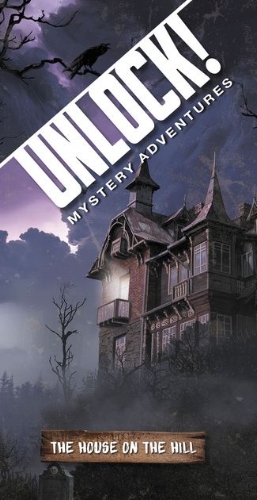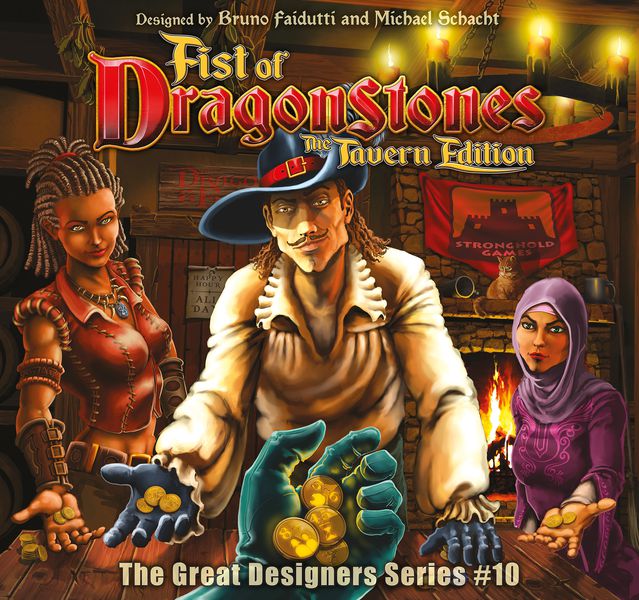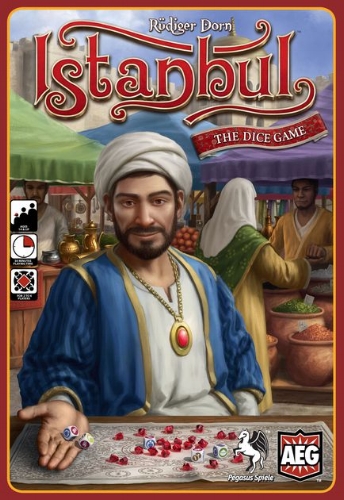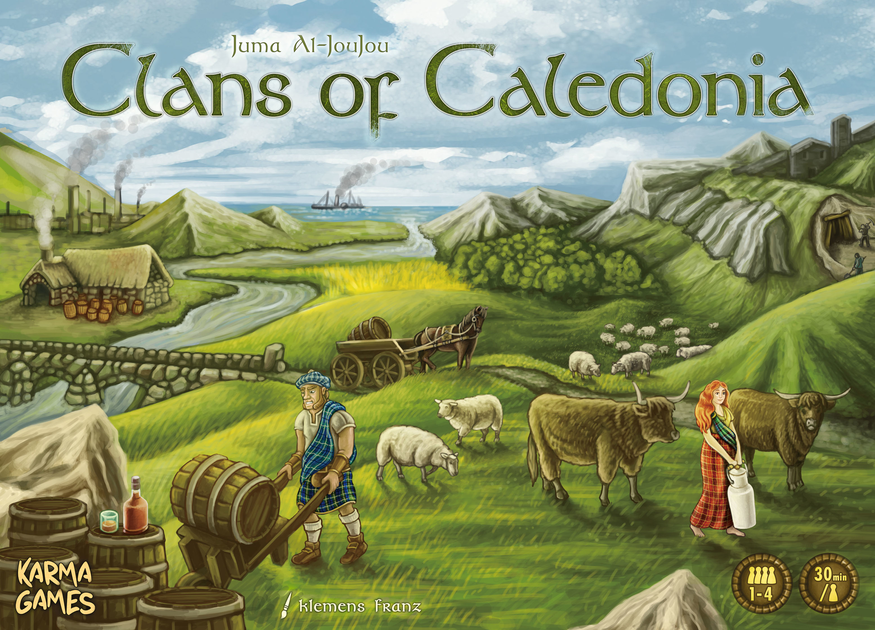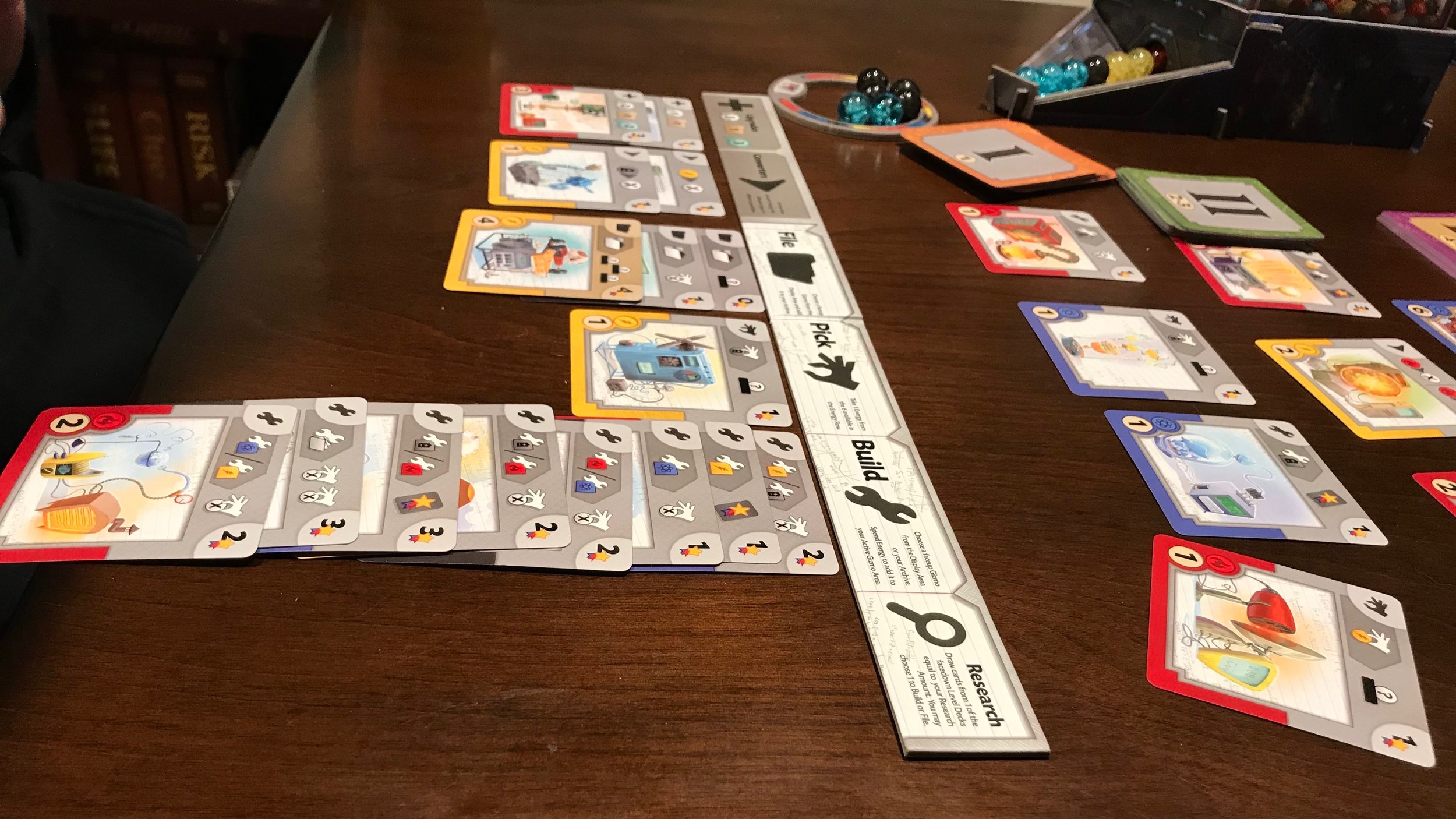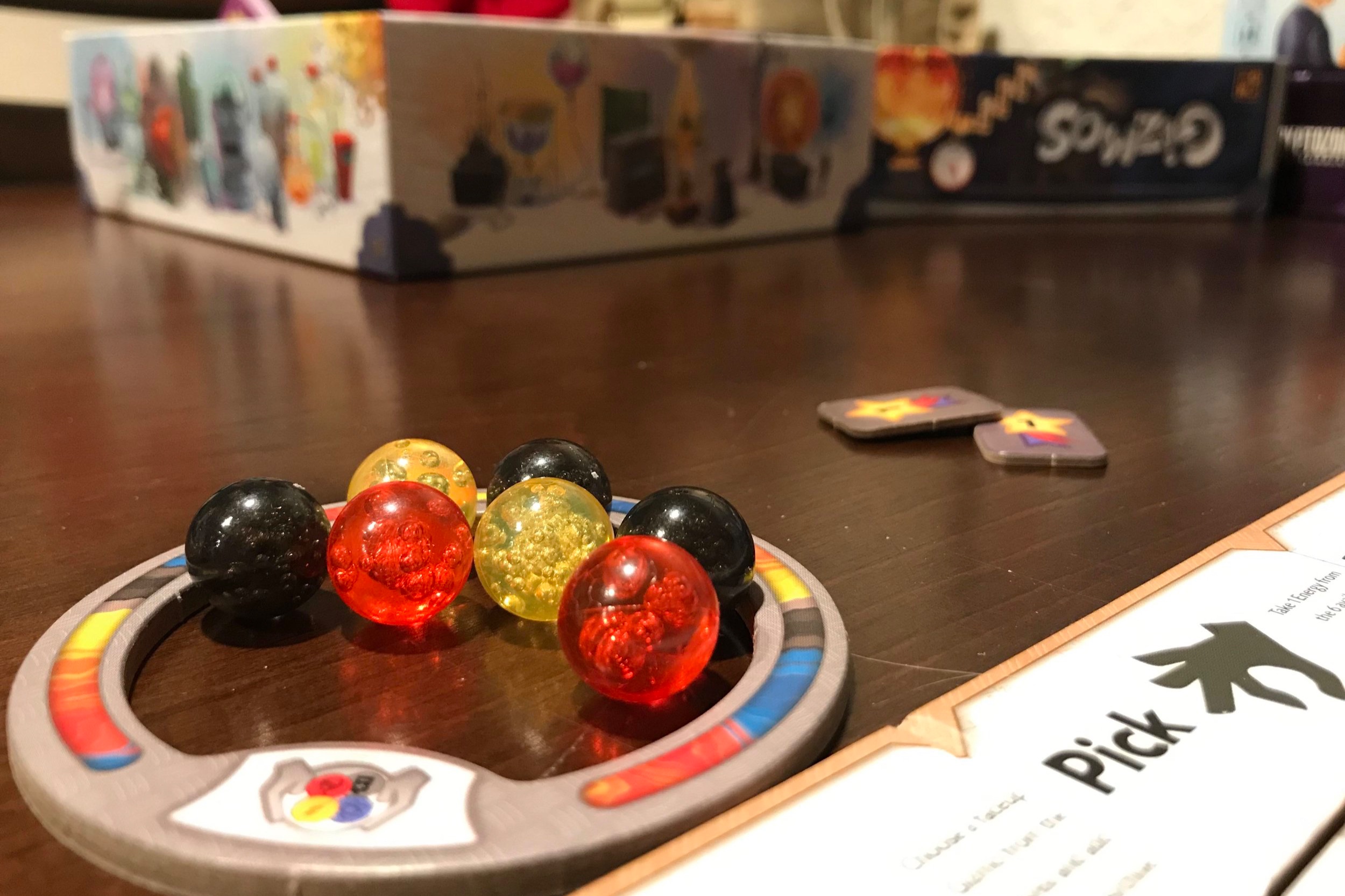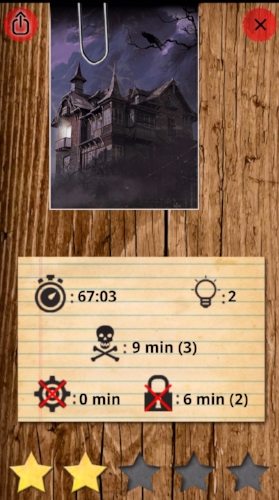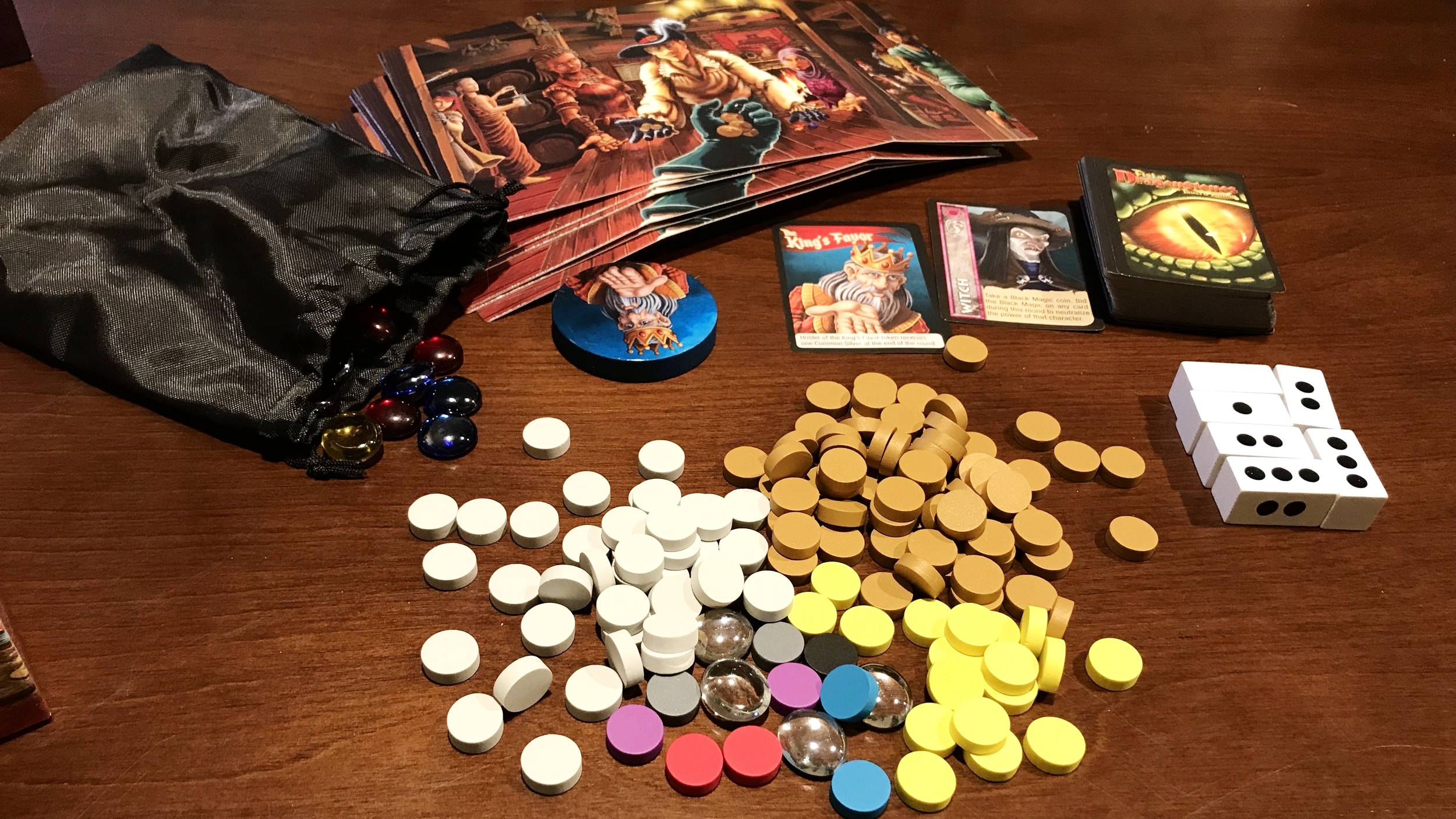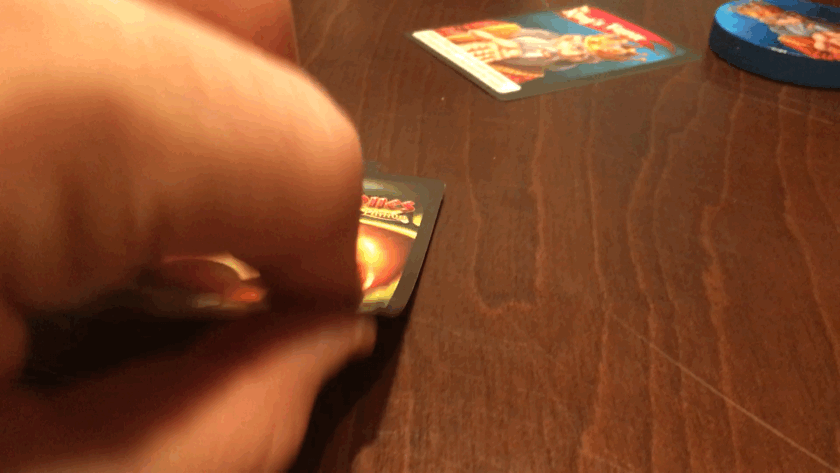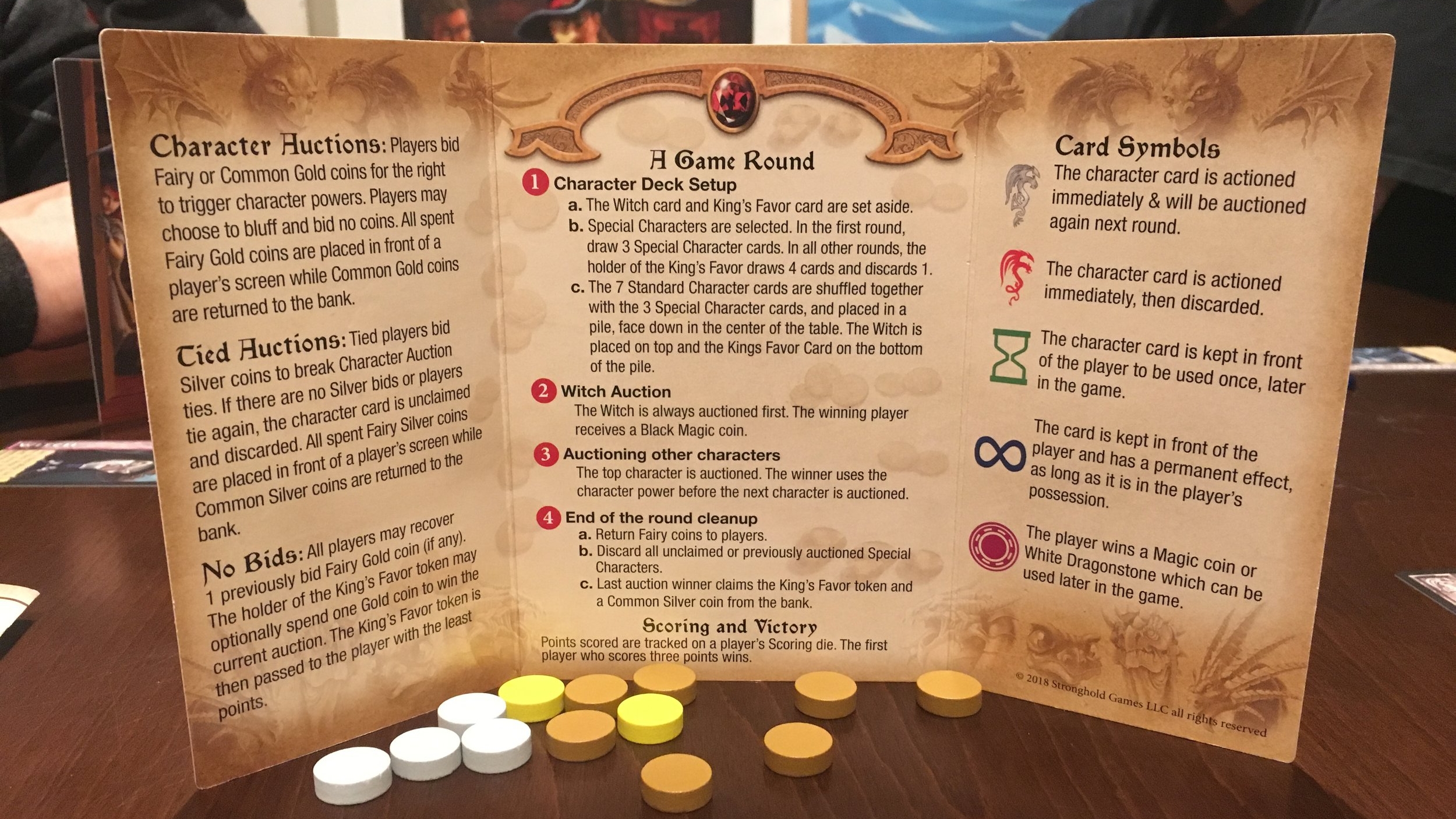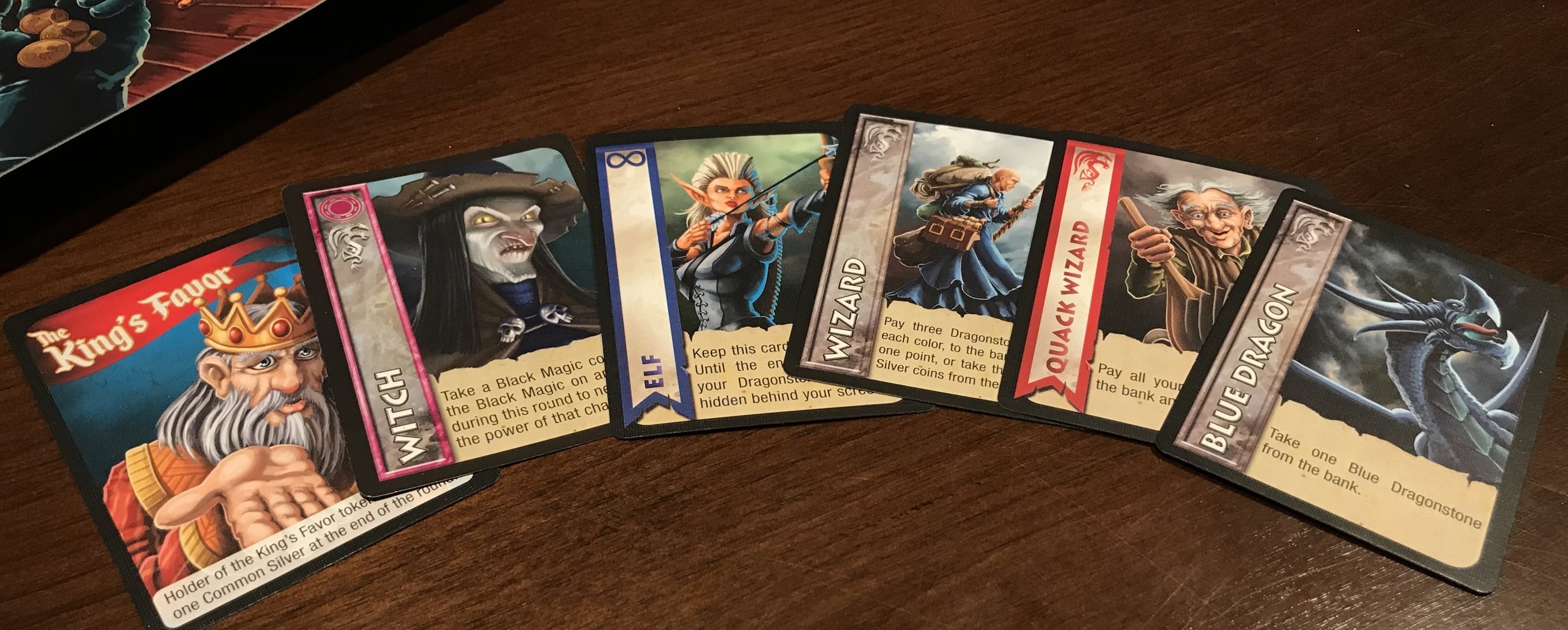Cartographers
Published by Thunderworks Games - 2019
Designer: Jordy Adan
Head Artists: Luis Francisco, Lucas Ribeiro
1 - 100 players ~ 20 - 30 minutes
Review written by Luke Muench
2019 is the year of the roll-and-write. With the success of Welcome To... last year and the reprint having delivered in March, everyone’s been reminded just what a difference a fresh take can make on the often overlooked genre. With 25+ titles announced featuring dice and pencils, it can be hard to sift through them all and determine which ones are worth your time and money. And while we certainly haven’t seen all the year has to offer yet, Thunderworks Games has come out of the gate with a pretty impressive offering, one that has, if nothing more, surprised me in all the best ways.
Note: The copy given to me for this review is a prototype. While these components do not necessarily represent the final product, most of the components will likely be close to what you see here.
Charting Old Territory In New Ways
At its core, Cartographers combines the card-turning flip on the genre introduced by Welcome To with the world-building of games like 30 Rails or Welcome to Dino World to make a comfortably familiar yet thankfully fresh take on all the aspects that make roll-and-writes quick, accessible, Sudoku-esque puzzles. Each round, players flip cards, presenting shapes and terrain types. Players choose from which options are offered, drawing the shape anywhere into their map, in any orientation you like. Each card also has an amount of time allotted to it; once enough time ticks down, the round is over, and players individually score their boards.
Primarily, points come from 4 variable scorecards, each featuring a different type of terrain layout. There are 4 of each type of scoring card, which allows for some nice variety, but what’s perhaps more important is that each scorecard only matters during specific rounds. For instance, in the Spring (round 1), scorecards A and B will be scored, but while B will be scored a 2nd and final time the following round, A will have to wait until the final round of the game, encouraging players to focus on both short- and long-term points.
Additionally, points can be scored based on how many coins a player collects; coins are gathered by either surrounding mountains on your board or by taking options on certain terrain cards that offer you the option to draw a smaller shape but also earn a coin. At the end of each round, every filled-in coin is worth a point.
Lastly, players can score negative points during a round based on the ambushes crop up. When an ambush card is drawn, players are forced to pass their player boards to their neighbors, who go to painstaking lengths to draw the invading baddies in the most obnoxious and inconvenient locations on your board possible. At the end of each round, any square that is both empty and adjacent to an ambushing monster will earn players -1 point.
After 4 rounds, with Fall and Winter offering less time than before, whoever earned the most points is dubbed the Grand Cartographer of their land (whatever they chose to name it), giving them the opportunity to marvel at their map and wonder on what the next adventure might offer.
Journeying Into the Unknown
Despite how the premise and gameplay are fairly straightforward, Cartographers offers a ton of reasons to revisit this game time and again. First, as already mentioned, how you score most of your points will be different each game, and what order they come out in will also change, dramatically altering how you’ll build the wilderness. While trees might have been worth a ton of points last game, this time around, you might choose to focus more on houses or farms, as that goal card plays better to your board state.
Next, there are two different maps you can explore; the first is open, allowing you a lot of space to spread out, plan, and remedy any mistakes you might make. The second, however, features a giant abyss in the center of the board, and while it may help you score certain cards more easily, it makes the end-game much tenser as players struggle to Tetris their pieces into just the right spots.
Then there are the ruins cards, which, when drawn, will force you to draw the following shape on one of the ruins on your board, limiting how you can set your pieces. And while you can cover up ruins whenever you wish, you risk not having a legal place to draw the next time a ruins card is pulled.
And, of course, there are the ambushes. When they come out and where your opponents (or AI) chooses to put the shapes can help form how you’ll want to play the next few turns, working around the unforeseen, adding some excitement to a relatively calm and collected puzzle, but what makes this all the better is that if an ambush isn’t triggered in one round, it’ll carry over to the next round, and the next, until you have 3 different ambushes in the deck waiting to be sprung. There’s a tension that lends itself to making each game more memorable.
Only the Skilled Will Prevail
Assuming you pre-order the game from Thunderworks themselves or find it on BoardGameGeek after the fact, a mini-expansion is available for Cartographers, offering Skills from the Roll Player games that will offer players special actions to pull from.
Each season, players can use 1 of the 3 available skill cards, assuming they are willing to pay to coin cost, meaning that those coins won’t score for any future rounds. Skills can cost anywhere between 0 and 3 coins, most of which offer alternate means of placing shapes on your board, helping you build and expand despite the luck of the draw.
While certainly a nice addition that adds a bit more variety, I don’t find this to be a must-have expansion. Players can often get wrapped up in their boards and forget that the skills are even an option, and depending on when you pay for a skill, it can cost you far more points than you would earn by ignoring it, making the more expensive options very situational. I personally enjoy using them from time to time, especially during solo play, but I’ve certainly gotten better scores overall when I play without them.
Drawing a Conclusion
Roll-and-writes have become one of my favorite genres as of late, but it can be hard to come across quality options; games that can be pulled off the shelf time and time again, feeling fresh and exciting each time and providing just a hint of player interaction to keep the competition tight. Having played this game 10 since receiving my copy, I can all but guarantee that, for me, this game checks all those boxes; I absolutely love this game and would certainly recommend you check this game out, newcomers and veterans alike. There’s something here for everyone, and it’s all done in such a quick and streamlined manner that it’s as convenient as it is fun.
Who Should Get This Game: Fans of roll-and-writes, Roll Player, or good-looking filler games that offer just enough content to keep you coming back for more.
Who Shouldn’t Get This Game: Anyone who prefers more significant player interaction or a non-fantasy theme can give this one a pass.
Note: Cartographers is available for pre-order from Thunderworks Games until mid-July, which will come with the Skills mini-expansion.

